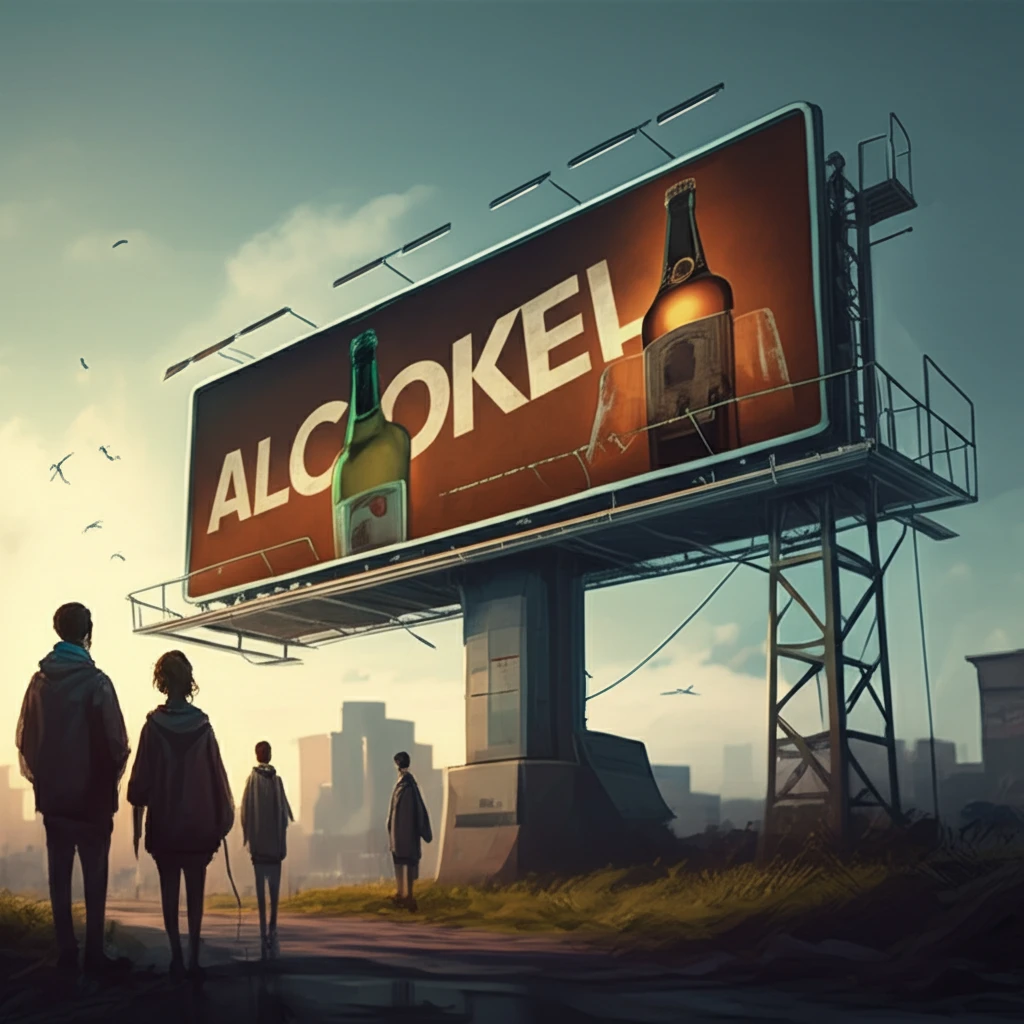
Under the Influence: How Alcohol Advertising Targets Teens and Fuels Consumption
"Uncover the tactics alcohol companies use to reach young people, and the real-world impact on teen drinking habits."
The allure of alcohol advertising is everywhere, subtly weaving its way into the lives of young people. In South Africa, like many other regions, this is a growing concern, especially among high school students. This article explores the deep-seated impact of alcohol advertising on adolescents, focusing on a study conducted in selected high schools in the Eastern Cape Province, South Africa.
For years, governments and health organizations have battled the rising tide of alcohol consumption among the youth. Advertisers often portray drinking as a normal, consequence-free activity. The reality, however, is far more complex. Alcohol marketing frequently employs techniques that resonate with young audiences, such as celebrity endorsements and sexual imagery. These tactics normalize alcohol consumption, associating it with positive experiences and attractive lifestyles.
This exploration seeks to highlight how these advertising strategies impact adolescents' lives, examining if alcohol advertising truly complicates the landscape of underage drinking. Adolescents are a crucial segment of any nation’s population, forming the foundation of tomorrow's workforce. Understanding the influences on their choices is vital for fostering a healthy and productive future.
The Psychological Hooks: How Alcohol Ads Target Young Minds

Alcohol marketing is meticulously crafted to mirror and amplify youth culture. It's not just about selling a product; it’s about selling a lifestyle, an identity. Market segmentation ensures that significant advertising efforts are concentrated where young people are most likely to see them.
- Normalization of Behavior: Alcohol consumption is portrayed as a normal part of social life, diminishing the perception of its potential harm.
- Aspirational Identity: Ads link alcohol brands with desirable lifestyles, associating them with success, attractiveness, and social acceptance.
- Celebrity Influence: Endorsements from celebrities and role models create a sense of aspiration and the desire to emulate their behavior.
- Peer Acceptance: Advertising often showcases group drinking scenarios, implying that alcohol is essential for social bonding and acceptance.
Safeguarding Our Youth: A Call to Action
Findings from the study underscore the critical need for stricter regulations and greater awareness. Alcohol advertising not only influences consumption but also normalizes risky behaviors, especially in the absence of parental guidance and positive role models. It's essential for policymakers and education departments to ensure that environments frequented by young people, such as schools, are isolated from alcohol-related influences. This includes restricting the proximity of alcohol vendors and limiting the visibility of alcohol advertising.
